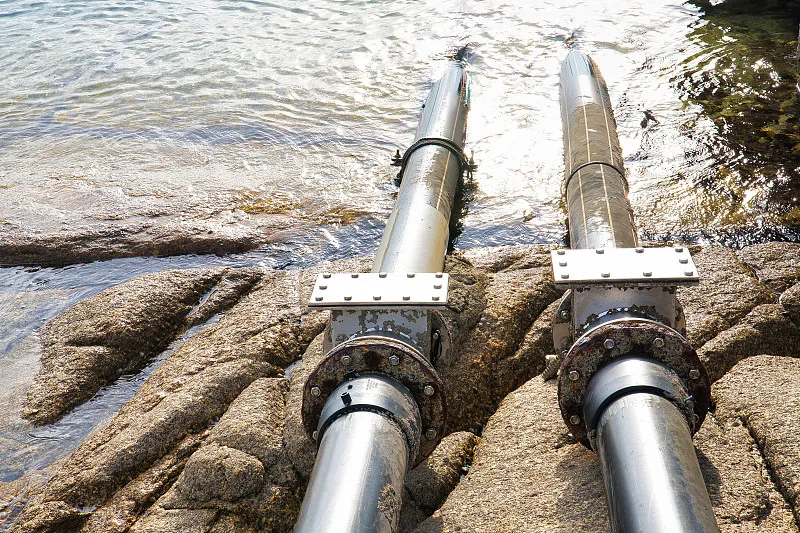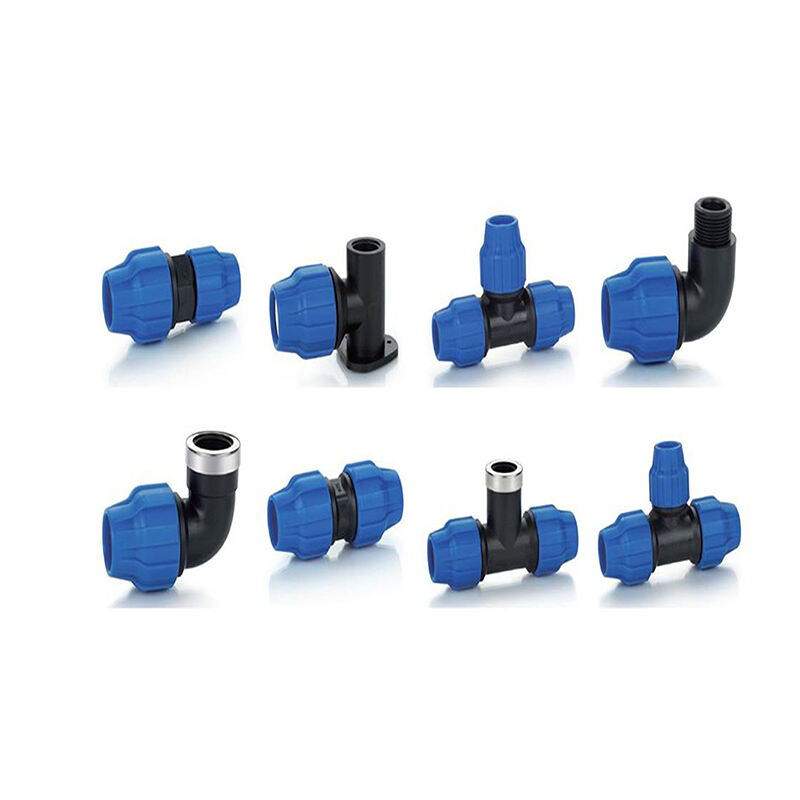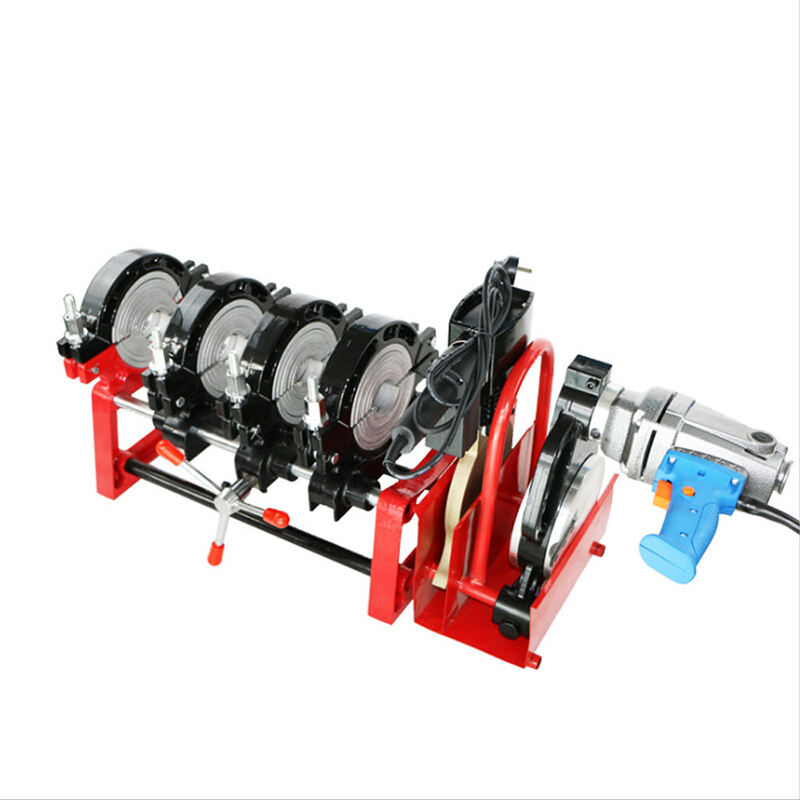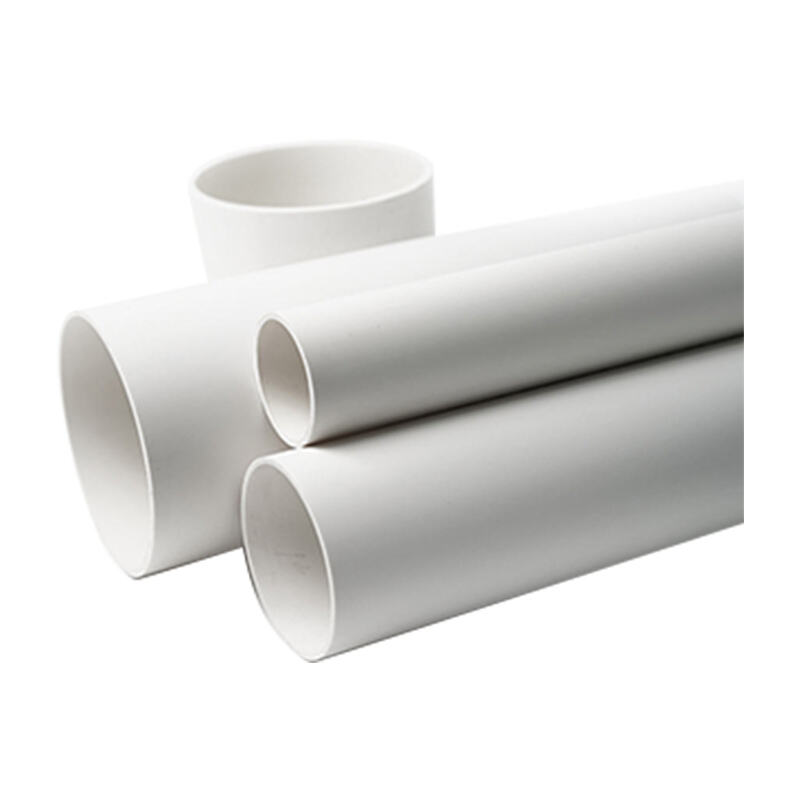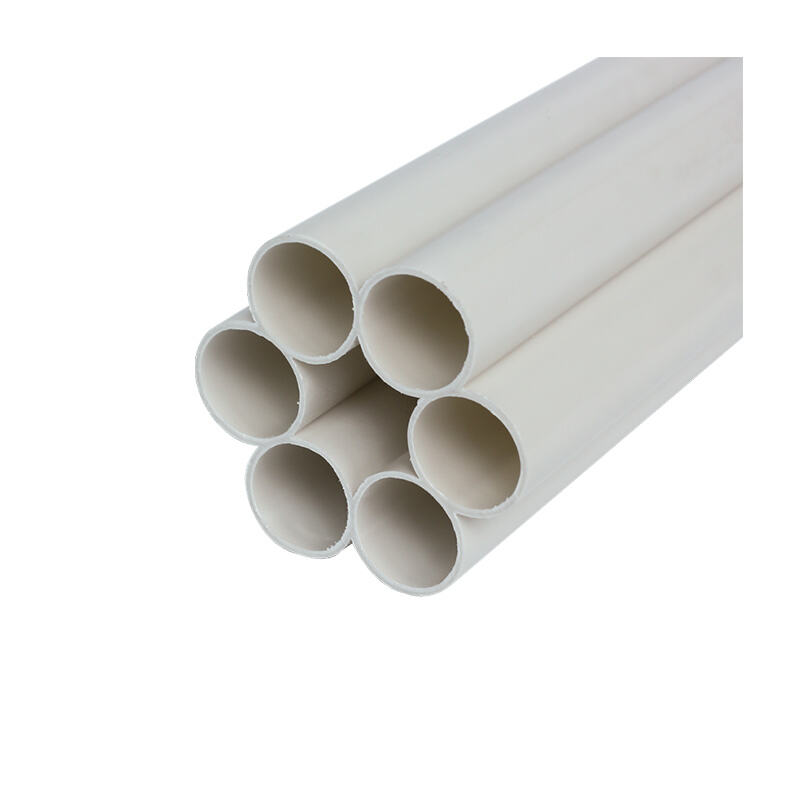An Exemplary Case of HDPE Piping in Marine & Dredging Applications
In the dynamic realm of marine and dredging operations, HDPE piping has emerged as a key player, showcasing its versatility and resilience. Its application in a major marine project underscored its critical role in enhancing the efficiency and safety of underwater works.
In dredging operations, HDPE piping served as the backbone for effective sediment management. Its superior corrosion resistance and abrasion tolerance allowed it to withstand the harsh conditions of the seabed, ensuring smooth and reliable transport of dredged materials. This not only facilitated the removal of unwanted sediments but also supported the creation of deeper waterways and ports, enhancing navigability and economic activity.
Furthermore, HDPE piping's lightweight and flexibility made it an ideal choice for underwater installations. It could be easily manipulated and positioned, minimizing the need for heavy equipment and reducing the environmental impact of the dredging process. This translated into cost savings and expedited project timelines.
In marine applications, HDPE piping's durability and strength proved invaluable. It was used to construct underwater pipelines for water intake and discharge, ensuring a continuous supply of clean water for industrial and recreational use. Its ability to withstand pressure variations and marine growth mitigated the risk of leaks and failures, safeguarding the marine environment and promoting sustainability.
Moreover, HDPE piping's low maintenance requirements and long service life reduced the overall lifecycle costs of the marine and dredging projects. This enabled operators to focus on their core activities, enhancing productivity and profitability.
In summary, this case study highlights the transformative role of HDPE piping in marine and dredging applications. Its combination of durability, flexibility, and environmental friendliness makes it an indispensable tool for enhancing the efficiency and safety of underwater works.
